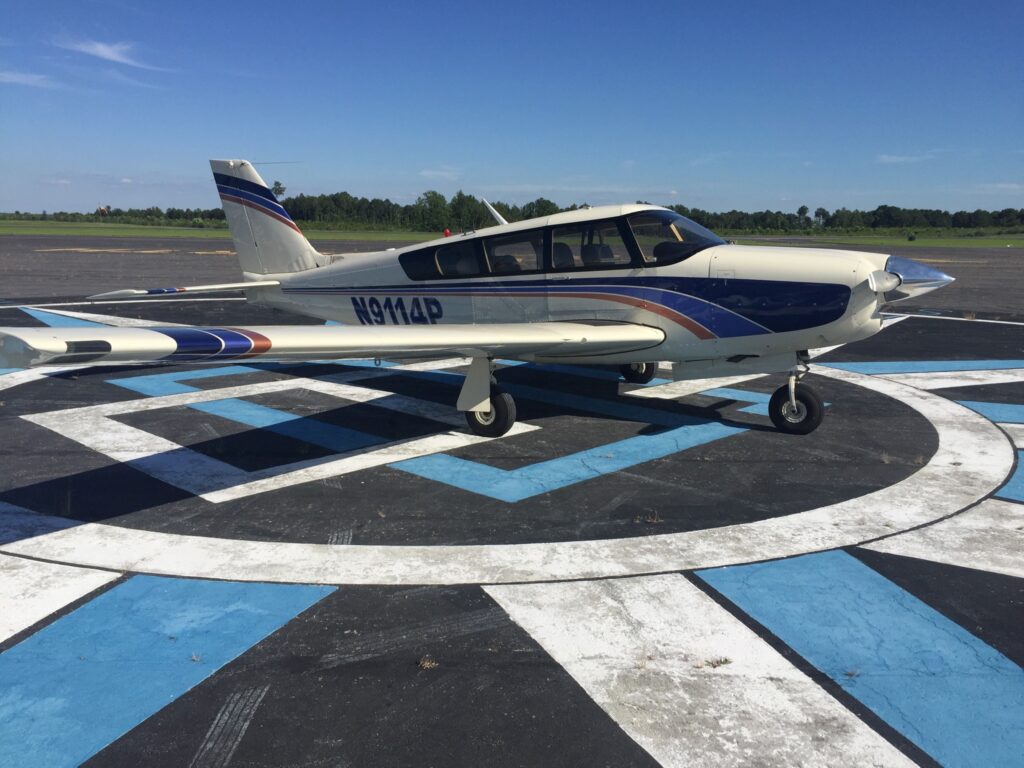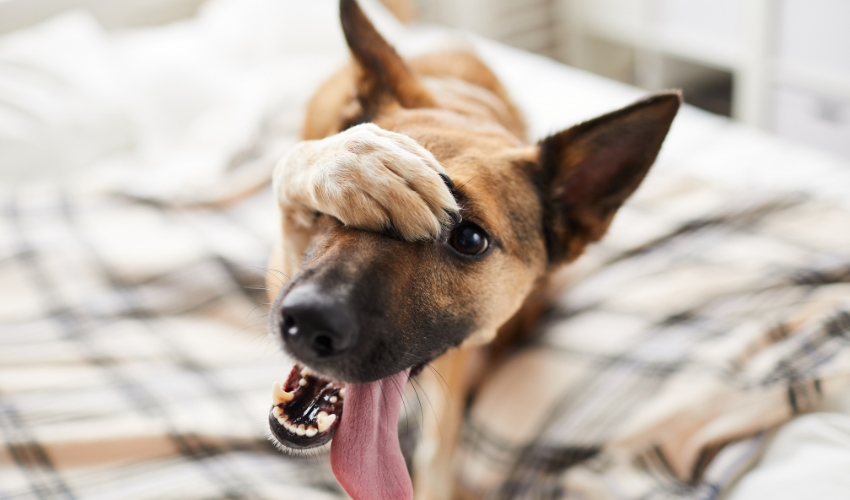Steve sent in the following question. He said, “I was just wondering if I could get more information on how this all worked. I would love to fly transports but who provides the aircraft?”
If you have a question you’d like to ask, you can click here and fill out the form on the bottom of that page.
Thank you Steve for the question.
The pilot has to show up with an aircraft. This might be an aircraft you borrow, rent, or own. You might also persuade a friend with a plane to participate and ride along that way. I’ve flown missions and connected with pilots like that.
Up until just recently there were organizations like the Civil Air Patrol that would allow you to use on of their planes if you were a qualified pilot with the CAP. You would then only have to pay the very reduced hourly rate. That was the least expensive solution I was aware of. Unfortunately there was a fatal public benefit flight that ended with a crash and the CAP ended that option.
Think about it like this, if you want to be a volunteer driver with Doobert, you have to have a vehicle to load the animal into for the trip. Same with flying.
In my experience, the majority of pilots I know, actually own their own planes rather than rent them.

Airplanes – They bore a hole in the air into which you pour money.
Unfortunately, if you were hoping you could just arrive and get to use a plane for free, that’s not going to happen. And if it did, technically you would not be able to log your flying time for that flight. The FAA has a very broad view on what constitutes compensation for flying hours. But if you hold a commercial FAA certificate that would not apply to you.
What most people and rescue groups don’t seem to understand or be aware of is how much financial investment the pilots put into dog rescue flights. For example, a Cessna 182, like I fly has an hourly operational cost of about $150 when you include fuel, cost of plane ownership, and set asides for repair and maintenance. Here is an excellent post from 2008 from a pilot who calculated out his hourly costs. Rental rates for the same aircraft seem to be between $175 to $225 an hour.
A tongue in cheek definition is that being a dog rescue pilot has similar features to proving criminal guilt. You have to have means, motive, and opportunity to get the job done.
Animal rescue pilots are guilty of having big hearts, loads of compassion, have a desire to do good things, care about animals, and have the ability to bear the financial burden of flying. Keep in mind that my average flying day on a rescue flight is about five flying hours. That adds up to about $750 to $1,100 a flight. Most pilots fly shorter hours than I do on a typical flight, a few fly longer.
Now there are some situations in which you can itemize your out of pocket expenses as a charitable contribution but that’s a topic for another post. Regardless, those charitable deductions don’t help you pay for a flight this Saturday.










